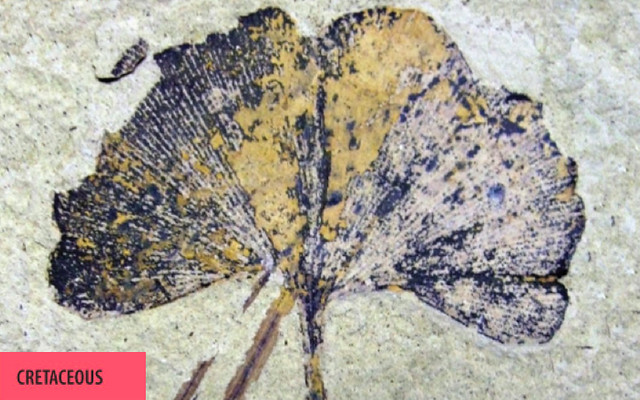Ginkgoopsida

Ginkgo
Ginkgoopsida


Sorry, there is no photo available. If you have one, please submit
here
.
EXTANT | 1 POINTS
The fan-shaped leaves of this ancient ginkgo tree, now extinct, are similar to modern ginkgo leaves.
warm, hot
Graphic by Kevmin (CC-BY-SA-2.0)www.amnh.org/
Ginkgo is a genus of highly unusual non-flowering plants. The scientific name is also used as the English name. The order to which it belongs, Ginkgoales, first appeared in the Permian,[4] 250 million years ago, possibly derived from “seed ferns” of the order Peltaspermales. The rate of evolution within the genus has been slow, and […] read more